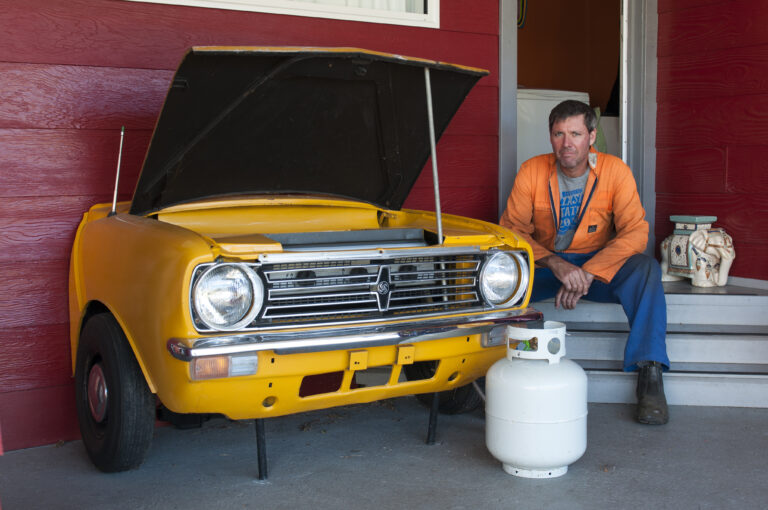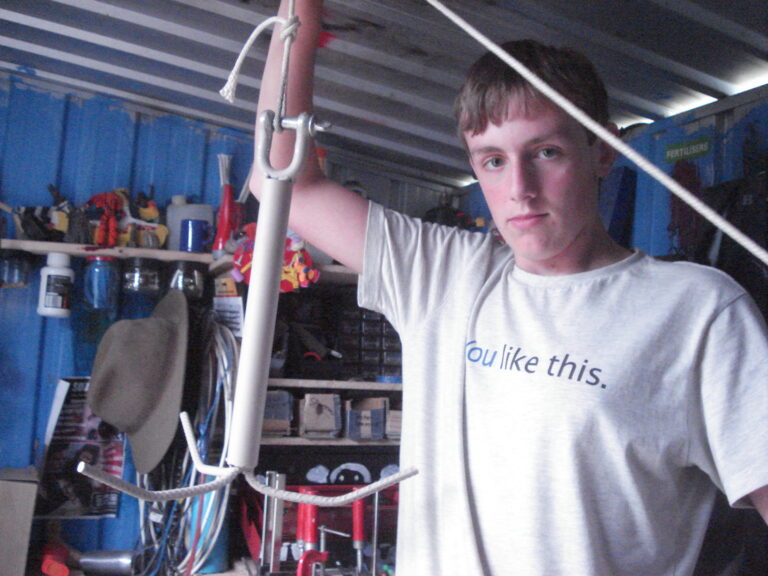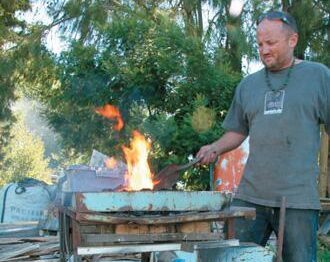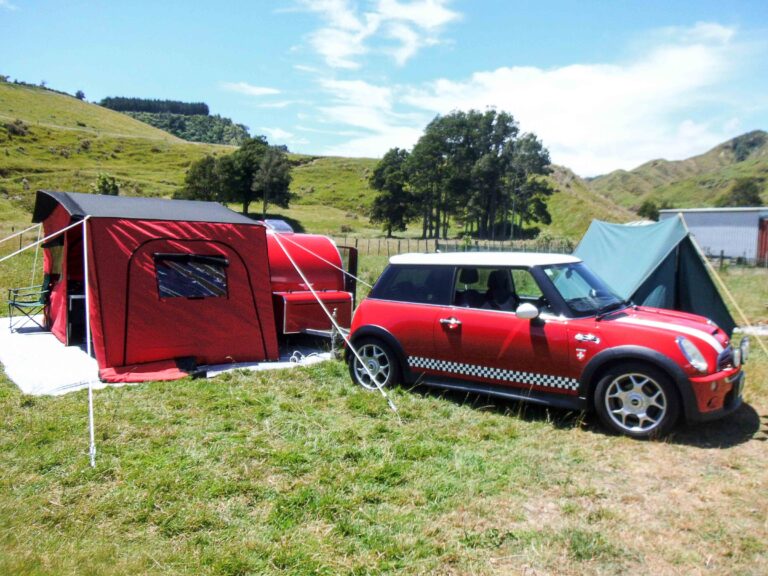
Buckets of heat
When a high wind-gust blew a tree onto the overhead cable on our Waikato property, one of the phase wires broke. In our home, the electric stove and half the lights stopped working. That night, it was just as well we had our clay-lined bucket stoves to cook on.
The observant traveller visiting Asia soon becomes aware that the clay-lined bucket stove is the prime means of cooking for families, street stalls and even for up-market restaurants. In heavy Bangkok traffic, we saw a family of five on a small motorbike. They were carrying a bamboo pole with bamboo trays suspended from each end. One tray was piled high with food for the market and balancing on the other end was a bucket stove (which had been lit and was hot).














